
Tags
Loading...
Select from existing tags
Frederik V in his Anointing Robes 1750
The Swedish artist C.G. Pilo became a court painter in the Danish royal household in 1747, the same year that Frederic 5. was anointed King. Pilo remained court painter until he left Denmark again in 1771.
[br]
In 1660 the Danish monarchy went from being an elective monarchy to absolutism, and Danish kings were anointed rather than crowned.
[b]The anointing ceremony[...
- Credit:
- Courtesy of the National Gallery of Denmark
More from this artist...
Loading...
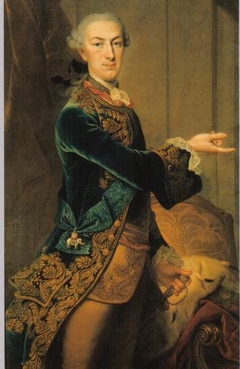
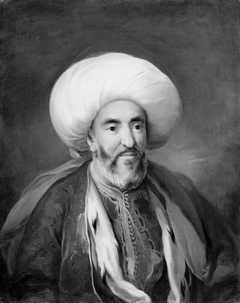
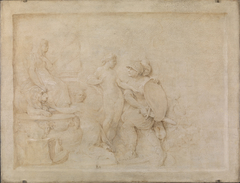

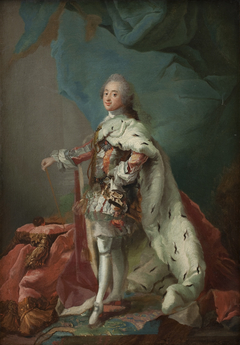
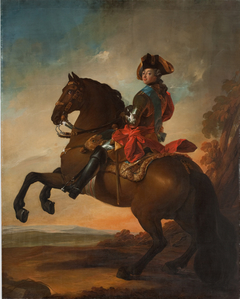
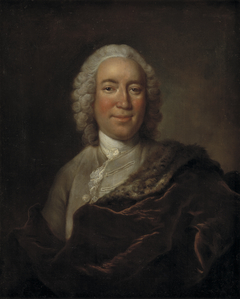
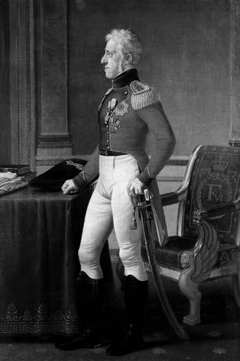

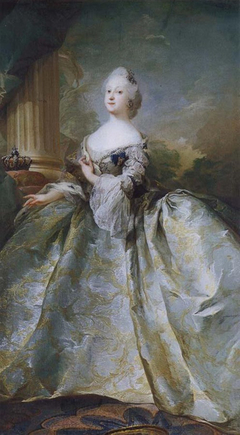

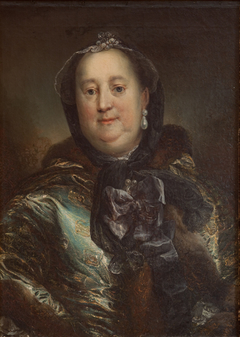

Discussion